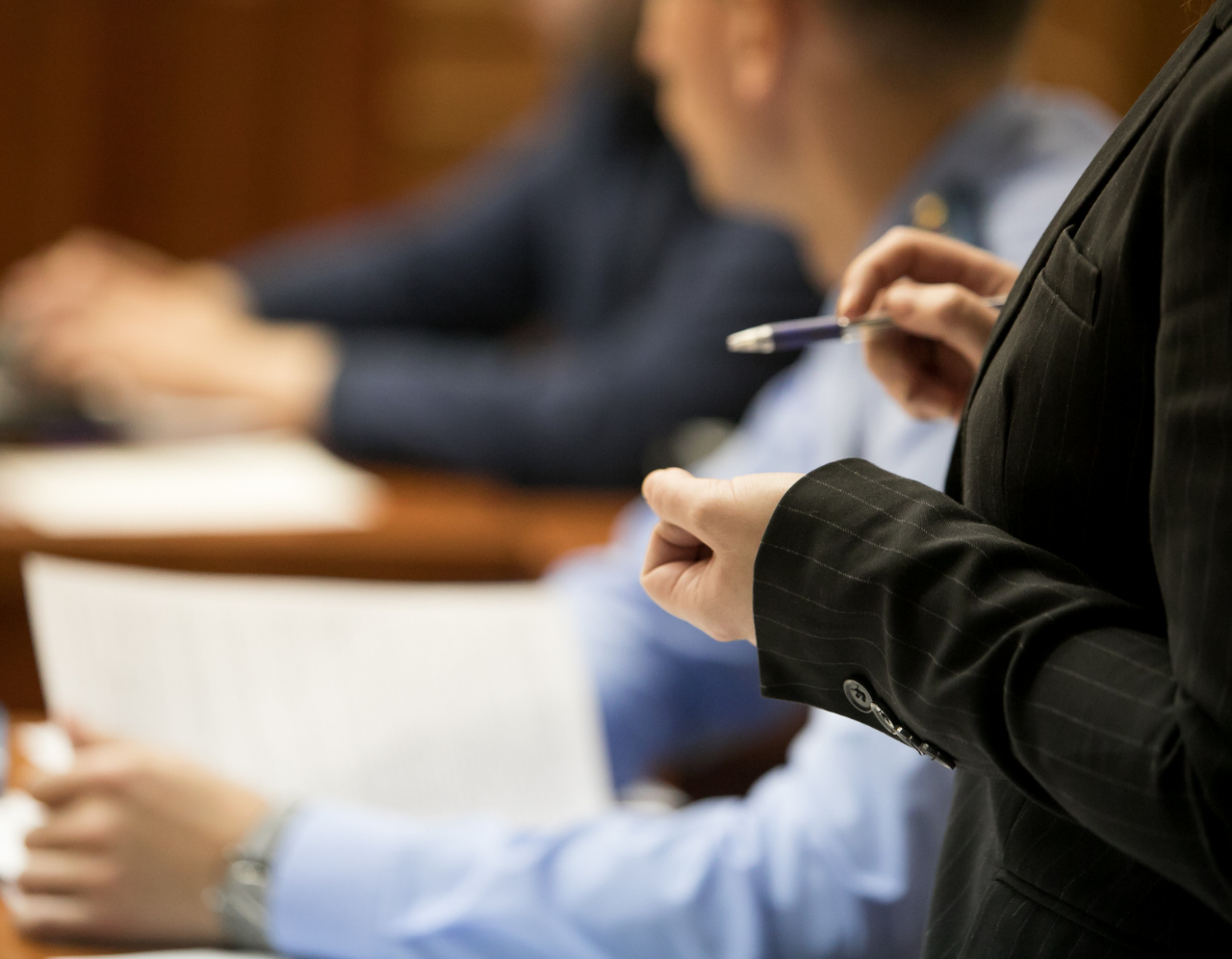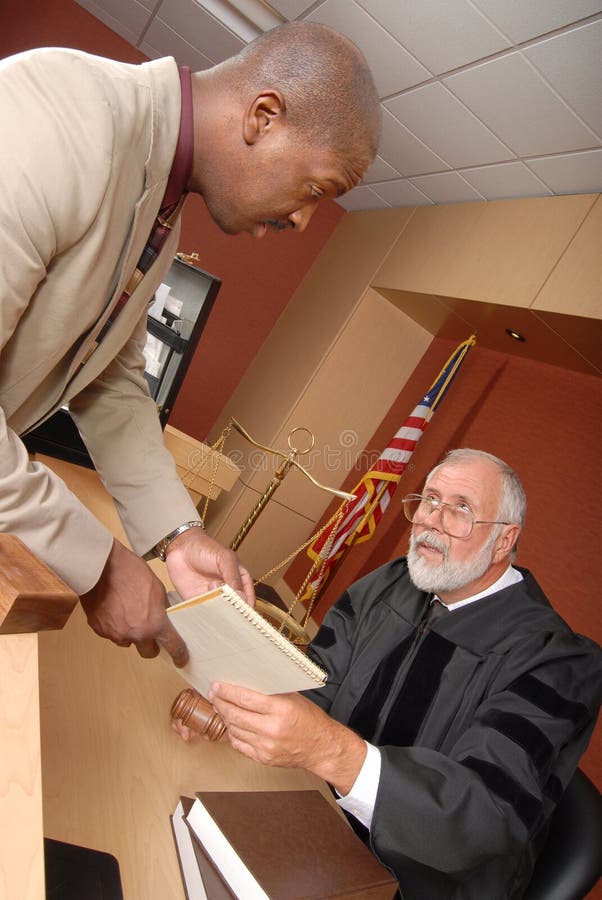Leading Techniques for Creating Impactful Trial Presentations in Courtroom Settings
Leading Techniques for Creating Impactful Trial Presentations in Courtroom Settings
Blog Article
Browsing the Intricacies of Trial Presentations: Tips for Seamless Delivery and Engaging Arguments
In the world of lawful procedures, the art of trial presentation stands as an important component of success. The intricacies fundamental in trial presentations require a delicate equilibrium of skill, strategy, and skill.

Comprehending Test Purposes
To effectively navigate a trial, it is vital to have a clear understanding of the purposes that need to be achieved. Before entering the court room, lawful groups must define their goals and preferred results. These goals act as leading concepts throughout the test, forming strategies and influencing decision-making processes.
Comprehending trial goals includes a detailed evaluation of the situation, lawful criteria, and the client's finest rate of interests. Trial Presentations. It needs a careful assessment of the truths, determining crucial problems, and expecting prospective difficulties. By setting particular and measurable objectives, lawyers can tailor their presentations and debates to straighten with the preferred results
Furthermore, a clear grasp of test purposes allows legal teams to focus on evidence, witnesses, and lawful debates successfully. It permits the development of a systematic story that resonates with the judge and court, enhancing the overall instance discussion.

Organizing Evidence Properly
Having a clear understanding of trial purposes lays the structure for organizing evidence efficiently in legal procedures. By aligning the presentation of evidence with the preferred results of the trial, legal groups can reinforce their disagreements and enhance their persuasiveness.
Another crucial element in organizing evidence effectively is establishing a rational flow. Providing proof in a sequential and coherent manner can aid build an engaging story that supports the legal arguments being made. Additionally, making use of visual aids such as timelines, graphs, or charts can additionally enhance the company of evidence and help in clearing up intricate relationships or series of events.
Furthermore, guaranteeing that all proof provided is acceptable and appropriate to the situation is necessary. Irrelevant or inadmissible proof can detract from the stamina of the argument and potentially hurt the credibility of the here and now party. A meticulous testimonial and selection process need to be carried out to include just the most impactful and legitimately audio proof in the trial presentation.
Crafting Convincing Narratives
Crafting engaging narratives plays a crucial function in presenting convincing arguments throughout legal process. When building a story for a trial discussion, it is vital to develop a clear storyline that highlights essential points and attaches them in a coherent fashion. By weaving together evidence, testament, and legal debates right into a influential and cohesive story, lawful specialists can efficiently support for their clients and raise the possibility of a desirable outcome in the court.
Mastering Visual Help
Reliable use of aesthetic help is key to improving the influence and clarity of trial discussions. Aesthetic help, when utilized tactically, have the power to streamline complex information, strengthen bottom lines, and leave a long lasting perception on the discretionary. To master visual aids in trial discussions, it is critical to guarantee that they are clear, concise, and appropriate to the debates being made.
When including aesthetic aids, such as charts, timelines, photos, or charts, right into a test discussion, it is necessary to keep them visually appealing yet professional. The visuals should complement the verbal arguments, offering a graph of the information being discussed without overwhelming the audience with Home Page unneeded information.
In addition, experimenting the aesthetic help in advance is critical to make certain a smooth distribution throughout the trial. Familiarizing oneself with the content, changes, and timings of each aesthetic help can assist maintain the flow of the discussion and protect against technological glitches that may arise.
Supplying Impactful Closing Disagreements
An engaging closing disagreement offers as the conclusion of a test presentation, enveloping the core narrative and convincing the court and jury in the direction of a beneficial choice. Begin by describing the major my blog arguments that sustain your customer's position, stressing why the evidence provided throughout the test supports your narrative.
Moreover, incorporating emotional charm can additionally reinforce your closing debate. Inevitably, a well-crafted closing debate should leave a lasting impression, compelling the judge and jury to rule in your client's favor.
Conclusion
In conclusion, mastering trial presentations involves understanding objectives, arranging proof, crafting stories, making use of aesthetic help, and providing impactful closing disagreements. By carrying out these methods successfully, attorneys can provide their case seamlessly and make compelling debates in the court room. It is vital to browse the intricacies of trial presentations with accuracy and ability to achieve success in lawful procedures.
By aligning the presentation of Look At This proof with the preferred results of the trial, lawful groups can enhance their arguments and boost their persuasiveness (Trial Presentations). To grasp visual aids in test presentations, it is essential to ensure that they are clear, succinct, and appropriate to the arguments being made
An engaging closing disagreement serves as the end result of a test presentation, enveloping the core narrative and persuading the court and jury in the direction of a positive decision. Begin by laying out the primary arguments that sustain your client's placement, highlighting why the evidence provided throughout the trial sustains your narrative.In verdict, mastering test presentations entails comprehending purposes, organizing proof, crafting narratives, making use of visual help, and delivering impactful closing debates.
Report this page